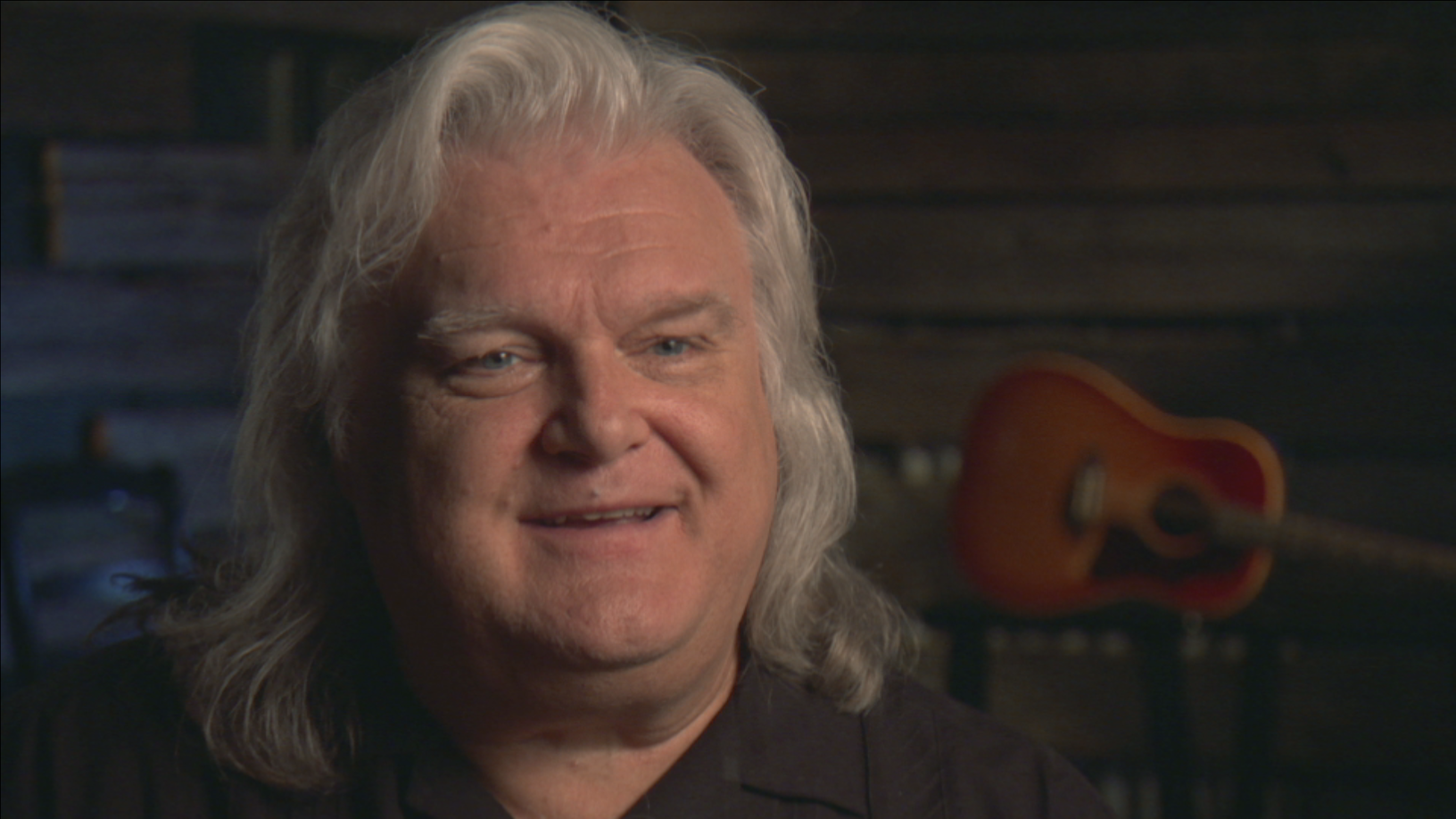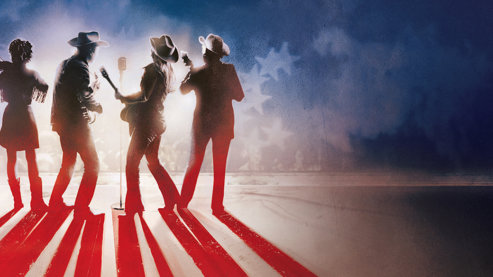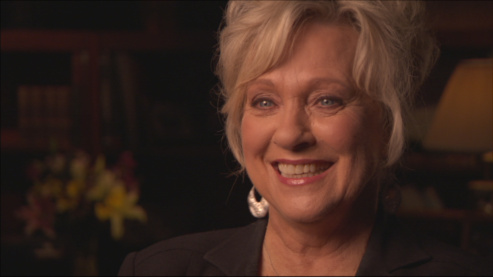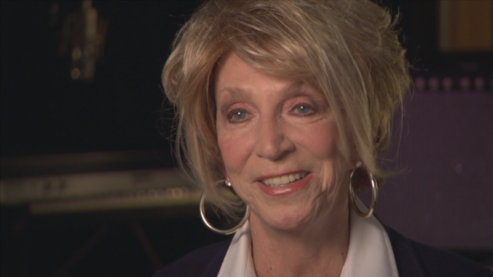Ricky Skaggs Biography

Ricky Skaggs began his career as a bluegrass “phenom,” taking up the mandolin at the age of five. Anxious to continue learning before his father could teach him more than a few chords, the kindergartener taught himself how to play chord progressions and sing at the same time. By the end of the year, he had performed “Ruby, Are You Mad at Your Man” on-stage with Bill Monroe, to great local acclaim.
After a well-received performance on Flatt & Scruggs’ television show the following year, little Ricky took up the violin and guitar. As a teenager, he befriended like-minded prodigy Keith Whitley and the two began learning old Stanley Brothers songs. In 1970, they were at a bar in West Virginia, waiting to hear Ralph Stanley perform. When the bluegrass legend called to say he’d be late, the bar owner put the boys on stage to keep the crowd happy. Stanley arrived shortly thereafter —and was floored by the teenagers’ note-perfect renditions. He invited them to join the Clinch Mountain Boys, officially.
In 1972, Skaggs left Stanley and – after a brief break from performing – joined influential progressive bluegrass bands the Country Gentlemen and the New South, then started his own, Boone Creek. Seeking an education in classic country, he joined Emmylou Harris’s Hot Band in 1977. Shortly thereafter, Skaggs recorded his first solo album, which quickly became a major bluegrass hit and resulted in a contract with Epic. By the end of 1981, Ricky had become a country star and – in the process – had brought traditional, roots music back to into mainstream country.
Over the next five years, Skaggs was a major artistic and commercial force within country music, with a string of Top 10 singles, CMA awards, and GRAMMY Award-winning albums. Between 1982 and early 1983 he had five straight No. 1 singles. His phenomenal success helped spark the New Traditionalist movement, opening doors for performers like George Strait and Randy Travis.
In the mid-1990s, Skaggs made the decision to return to traditional bluegrass, taking his band Kentucky Thunder on the road starting in 1997.
There is a tension always between how big can you make your audience and how pure you can keep your heart.
I can go on one bus now, instead of two busses and a tractor-trailer, and I can take these acoustic instruments. I don’t have to have microphones. I don’t have to have amps. If we want to pull off the road and go to a little schoolhouse, we could go play and entertain the kids. That’s just where I wanted to take it. I wanted to take it back to the front porch, you know? And so that’s what I did.
Skaggs continues to record—on Atlantic, Lyric Street, and his own Skaggs Family label, to win awards, and to perform to capacity crowds at concerts and festivals. In 2018, he was inducted into both the Country Music and Bluegrass Halls of Fame.
Born: July 18, 1954, Cordell, Kentucky



